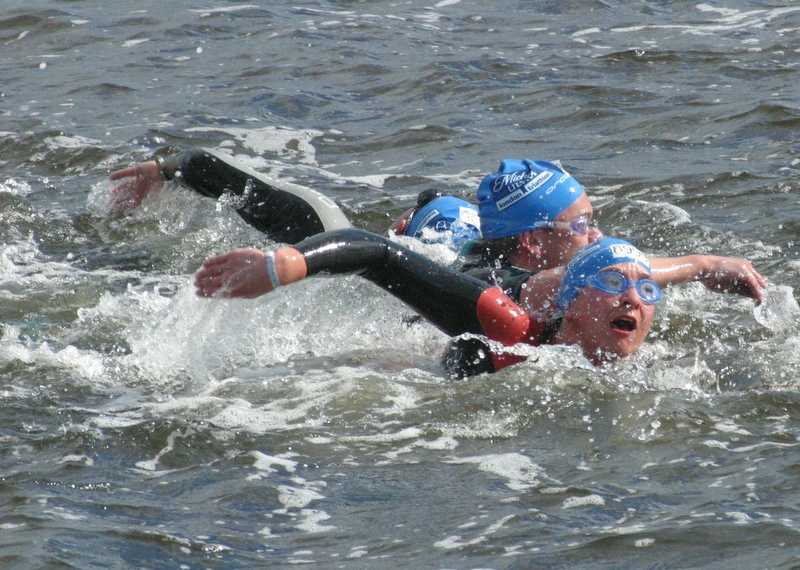<p style="text-align: justify;">If the idea of dipping your toes in an icy pool sends shivers down your spine, then you probably don&#8217;t do much <a href="http://incrediblemag.com/">outdoor swimming</a> in the winter. Swim schools that offer indoor pools can keep your swim routine on track and discourage you from putting exercise off until the warm breezes blow again. The well designed indoor pool will keep water at a natural temperature to promote stablilty in body heat and benefit your workout.</p>
<h2 style="text-align: justify;"><strong><em>How to get Started? </em></strong></h2>
<p style="text-align: justify;">It&#8217;s tempting to let the cold weather keep us inside but the fresh air as you head to the pool is healthy and invigorating. Choosing to commit to 2-3 regular times per week will create a exercise routine around your schedule. A perfect motivator is to get a friend to commit with you and go together. We are less likely to skip a work when we have planned to do it with a friend. <em> </em></p>
<p style="text-align: justify;"><img class="aligncenter size-Correct wp-image-1860" src="https://incrediblemag.com/wp-content/uploads/2014/11/Swimming-In-Winter-Stay-Warm-and-Safe-710x505.jpg" alt="Swimming In Winter- Stay Warm and Safe" width="710" height="505" /></p>
<h2 style="text-align: justify;"><strong><em>How to Stay Warm? </em></strong></h2>
<p style="text-align: justify;">A warm cover for your drive to the pool will also protect you from the weather after your swim. A swim cap (neoprene or 2 latex caps) will protect your head from unnecessary cold during your swim and minimize wet hair for after. Ear plugs also keep cold water out of your ears and prevent irritation and infection.</p>
<p style="text-align: justify;">While some climates don&#8217;t require swimwear designed for the winter, you may live somewhere that makes a regular suit insufficient. There are wetsuits suitable for indoor use and promote normal body temperature while providing a full range of motion. The suits are designed for increased buoyancy allowing you to swim faster and float higher. This is true for outdoor swimming in the ocean as well. Some swimmers opt for gloves but tend to use them in open waters. Indoor swimming doesn&#8217;t necessitate them.</p>
<h2 style="text-align: justify;"><strong><em>How to get Started? </em></strong></h2>
<p style="text-align: justify;">It&#8217;s important to focusing on regular rhythmed exhaling to limit the body’s tendency to experience cold water shock. High, strong strokes executed one after another without rests in between along with rapid kicks elevate heart rate and promote increased metabolism and stable body temperature. Interrupting your strokes before your swim time has ended hinders your body&#8217;s ability to promote those and other positive changes. The key is regular strokes and kicks at a pace you can maintain for the duration of your workout.</p>
<p style="text-align: justify;">At times, your body might need a couple of minutes to get adjusted to the cold water. One way to adjust is to float on your back with your face out of the water and do some swimming on your back while your body regulates to the temperature of the water. This is far less of a shock to your body than jumping in right away. Keeping your face above the water until your body adjusts minimizes the shock to your face which is more sensitive to cold than the rest of your body.</p>
<h2 style="text-align: justify;"><strong><em>How Safe is it for Children?</em></strong></h2>
<p style="text-align: justify;">Children are prone to forgetting the swim skills learned in the summer if they take the winter off. An off season program maintains their routine while keeping them fit from regular swim practice. Children&#8217;s bodies benefit from the strengthened immune system to help fight off cold, flu and other winter viruses. Some climates make indoor pools the only reasonable option for winter swimming. More mild weather zones might allow for visits to an open pool with proper protection from the cooler temperatures.</p>
<p style="text-align: justify;">We tend to associate water sports with warm summer weather. But some water activities can be accessible during winter months too with a little thoughtful planning.</p>

Swimming In Winter- Stay Warm and Safe
